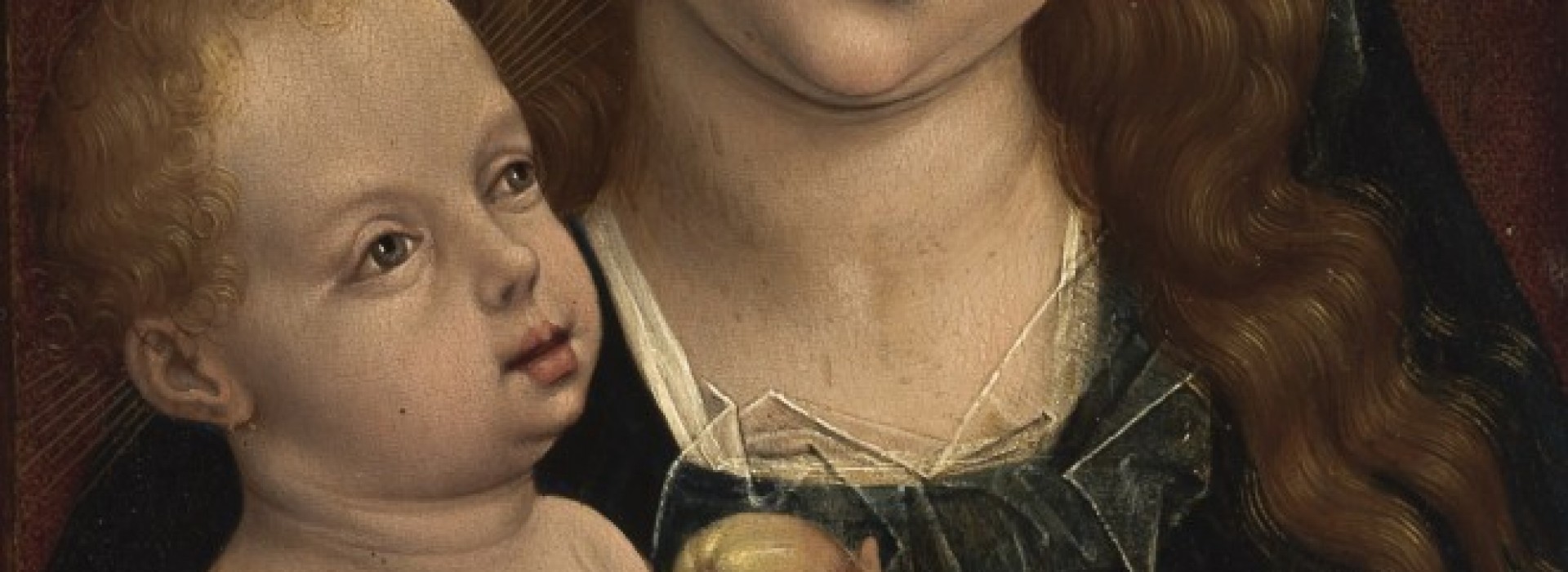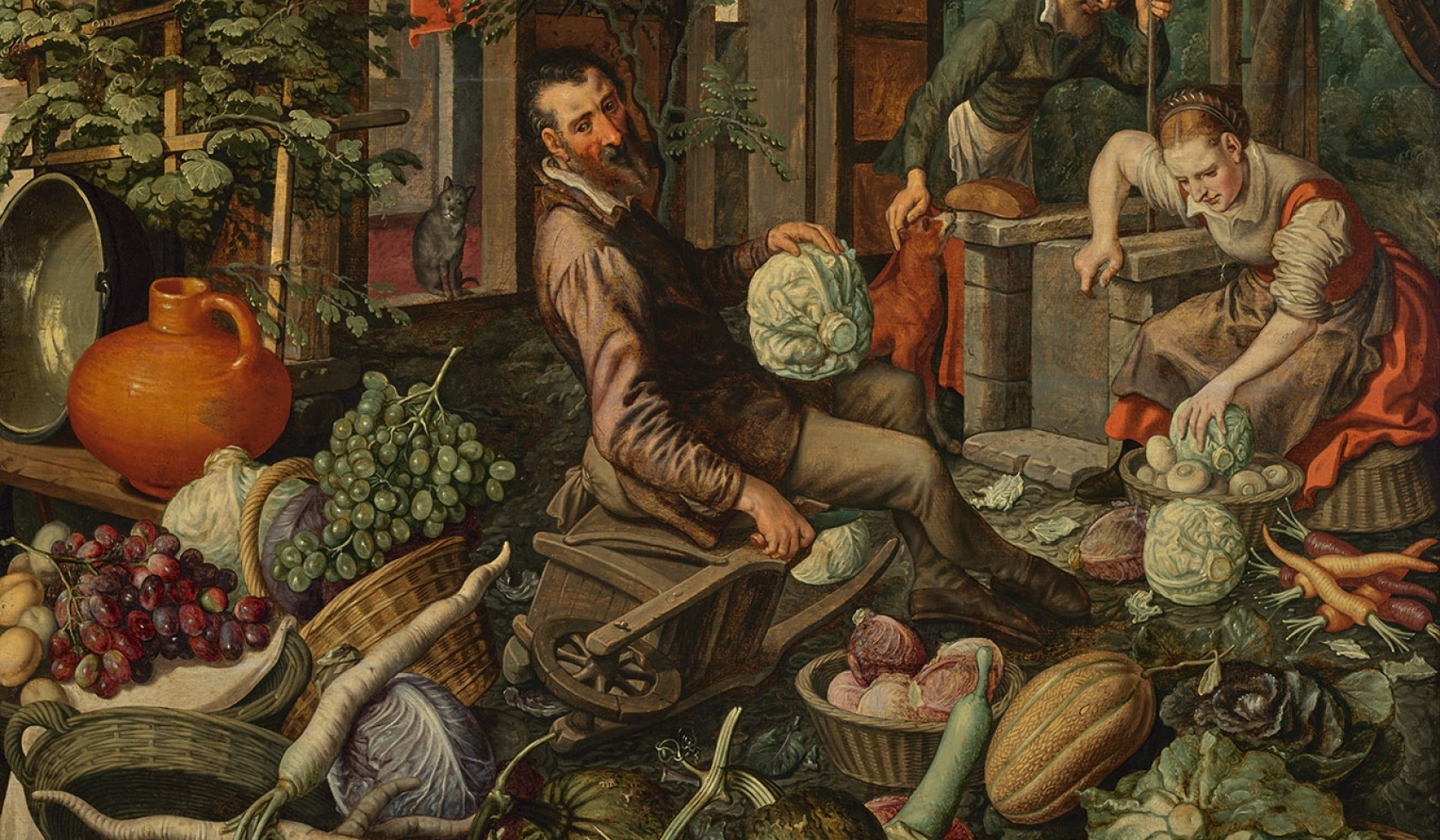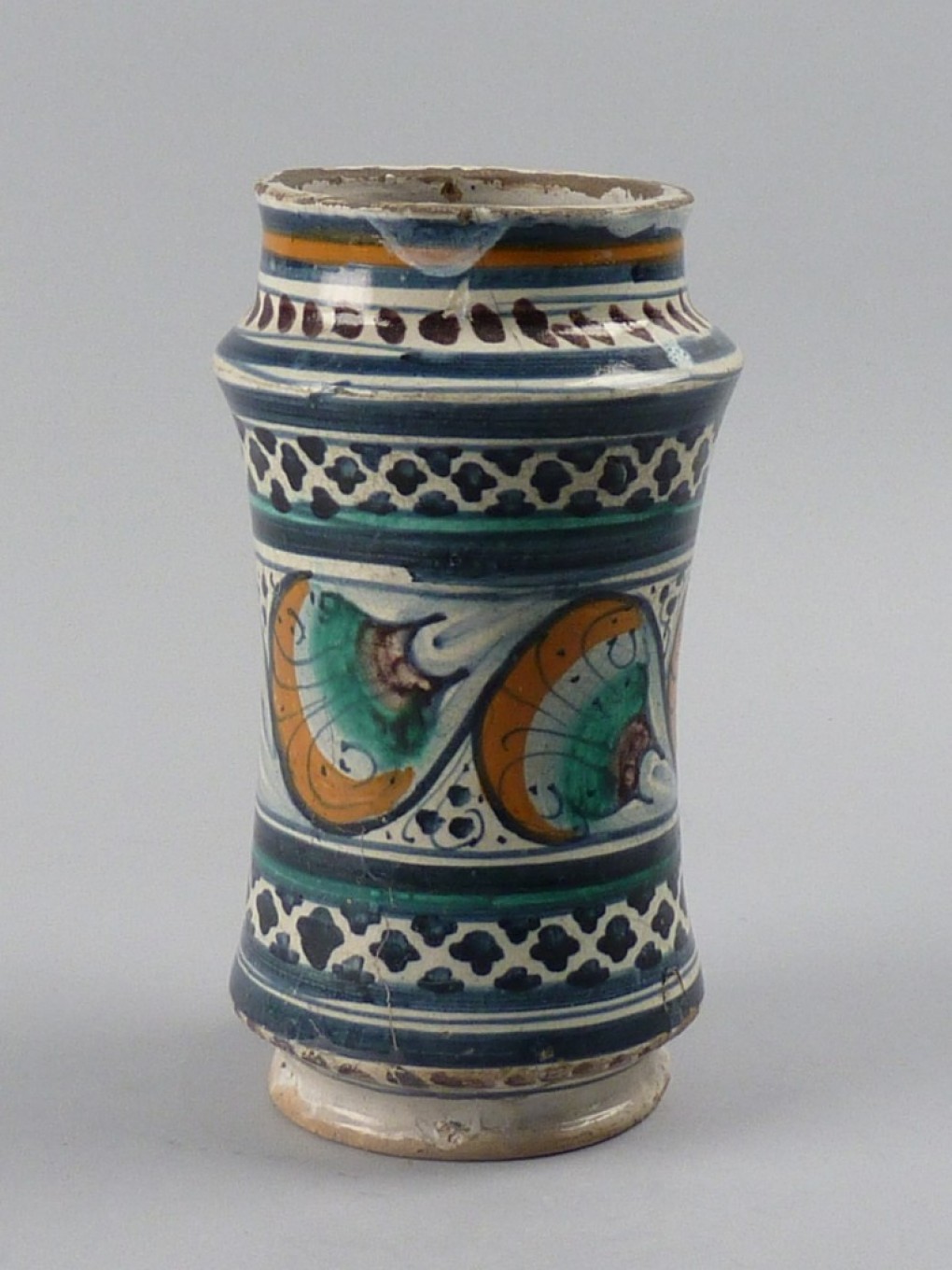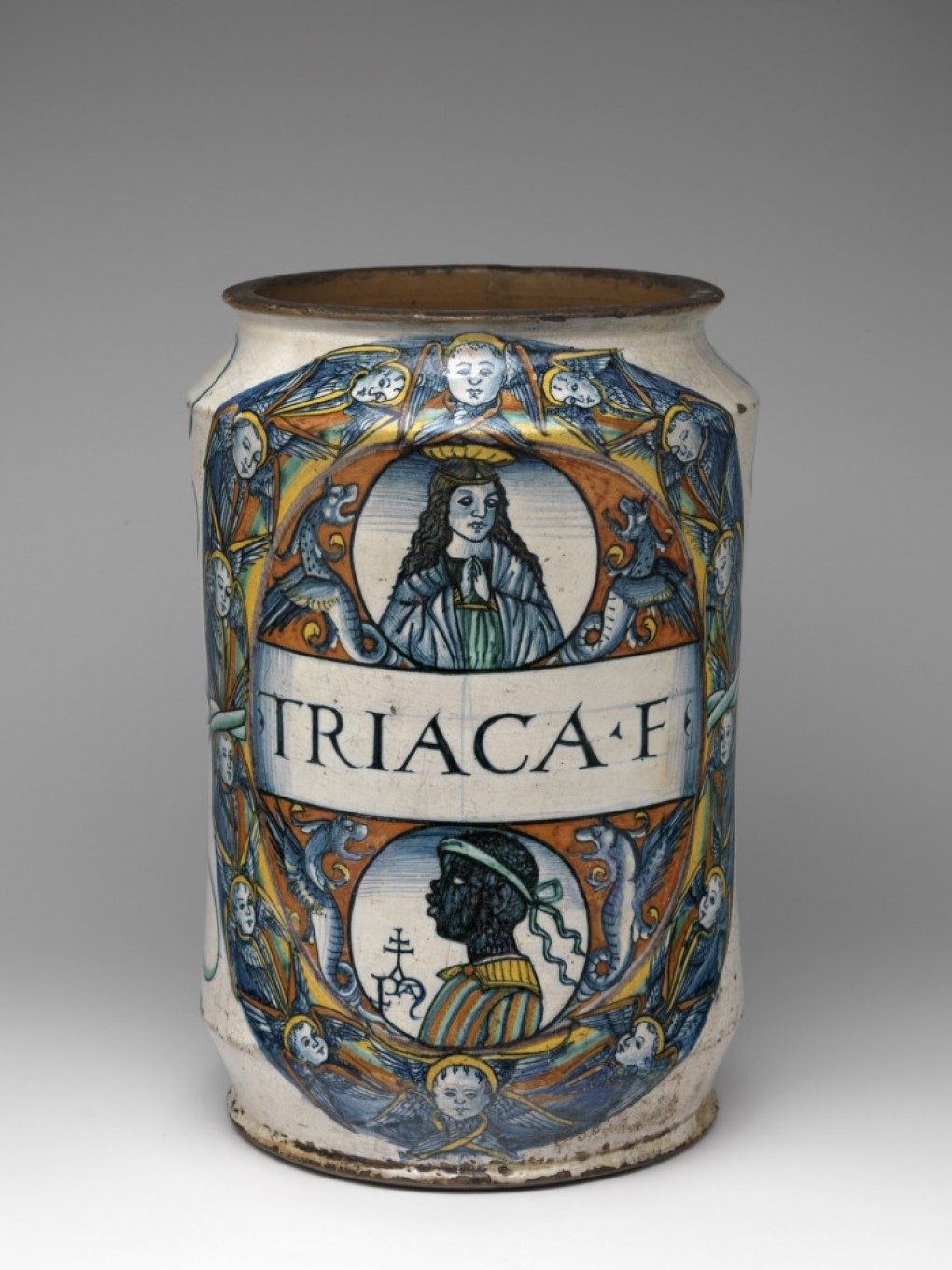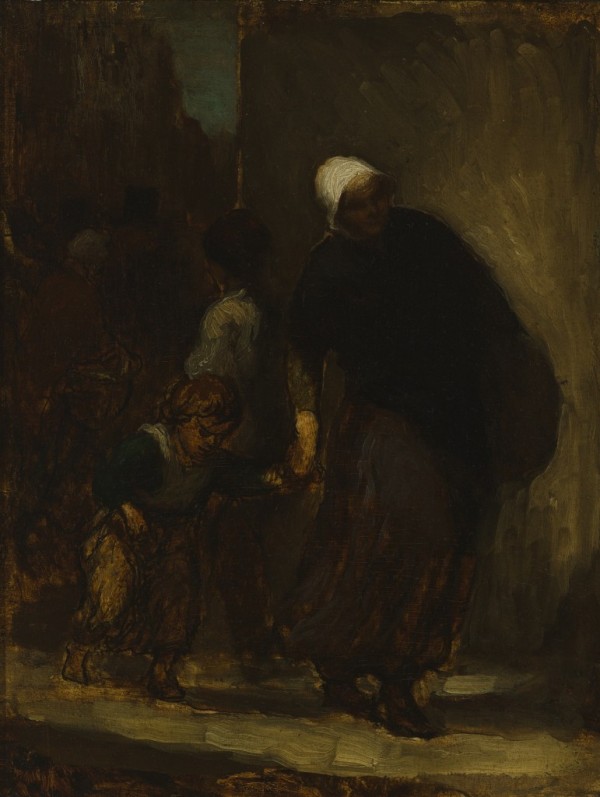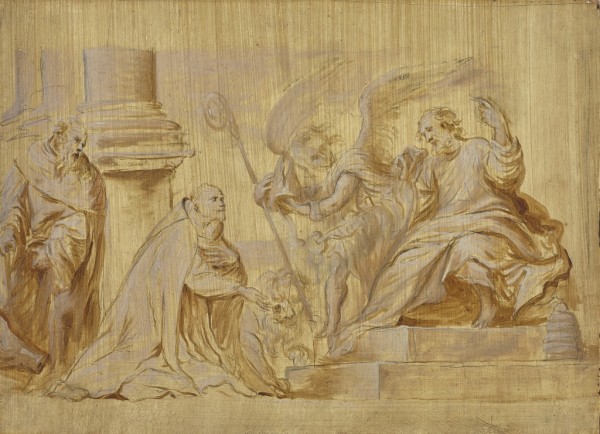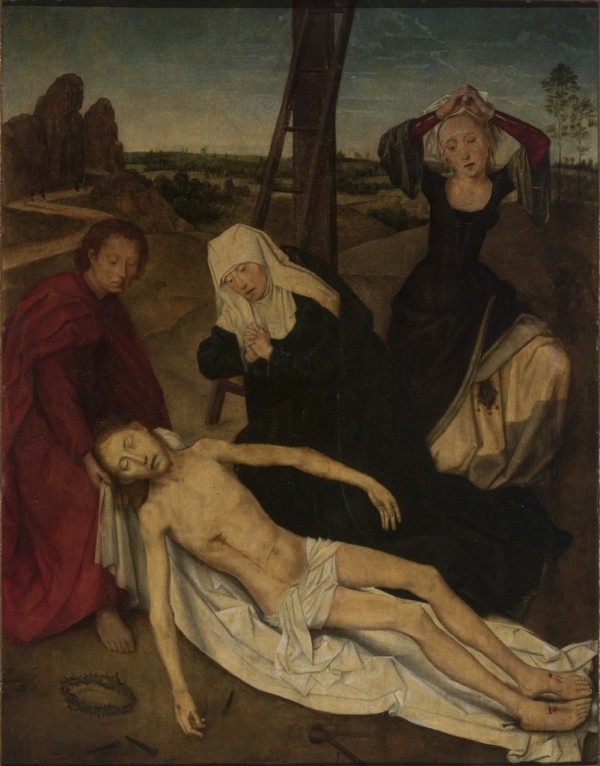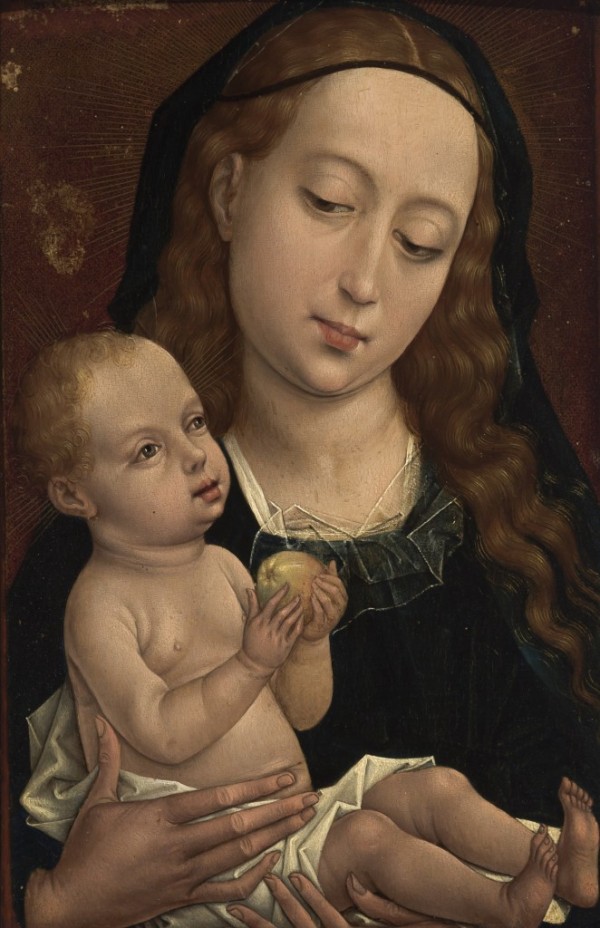Seven maiolica objects from the former Pringsheim collection
In 2008 the Stichting tot Beheer Museum Boijmans Van Beuningen Foundation received a letter written on behalf of the heirs of the German collector Prof. Dr Alfred Pringsheim (1850-1941), the owner of a celebrated collection of Italian maiolica, from which seven pieces were acquired by the collector J.N. Bastert in 1941 and that are now in Museum Boijmans Van Beuningen. The heirs asked the Museum Boijmans Van Beuningen Foundation, which was the owner of the objects, to return them. The museum responded by proposing that the question be jointly submitted for a binding opinion to the Advisory Committee on the Assessment for Items of Cultural Value and the Second World War (the Restitutions Committee). The museum is currently awaiting the heirs’ reply.
The Jewish collector Alfred Pringsheim was a highly respected professor of mathematics at the Ludwig-Maximilian University in Munich. His collection of maiolica and silver and gilded objects earned international renown. In 1933, he and his wife Hedwig were forced to sell the ‘palace’ they had built on the Narcisstraße to the Nazi Deutscher Arbeitersverein. Because the collection constituted a considerable portion of his capital, Pringsheim attempted to sell it. From 1936 this became impossible: the maiolica collection was placed on the national heritage list, which prohibited its export.
The Pringsheims’ passports were seized in 1937, preventing them from fleeing Germany, and on 21 November 1938, much of their collection was confiscated by the Gestapo. The couple was finally granted permission to auction the collection abroad, provided various pieces and two silver beakers by Ludwig Krug were ‘donated’ to the state. The sale took place in June and July 1939 at Sotheby’s in London. A large portion of the disappointing proceeds had to be paid to the German state, with Alfred and Hedwig Pringsheim using the remainder to immigrate to Switzerland, where they died in exile. After the Second World War, the proceeds of the auction were repaid in full and the objects confiscated by the Nazis (precious metal and other objects) were returned to the Pringsheims’ heirs.
These seven maiolica objects entered the museum’s collection through the purchase of the collection of Jaap Bastert (1891-1876) and Iet van Schaardenburg (1894-1985). The couple had acquired the pieces in 1939 via Hein Hamer at the auction of the Pringsheims’ collection in London.
These objects are also on the website Museum Acquisitions From 1933 Onwards.


